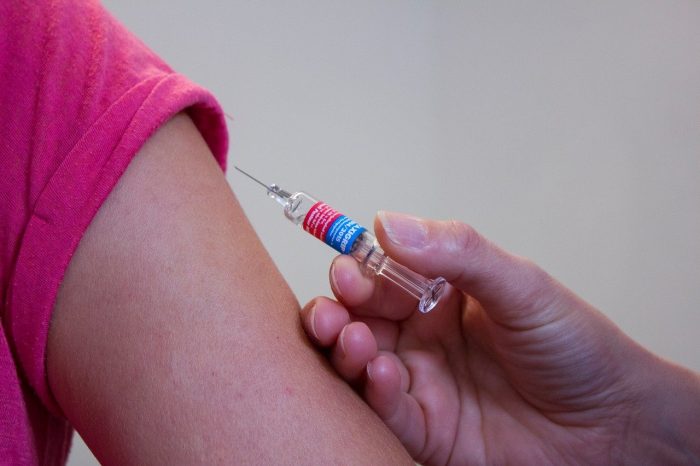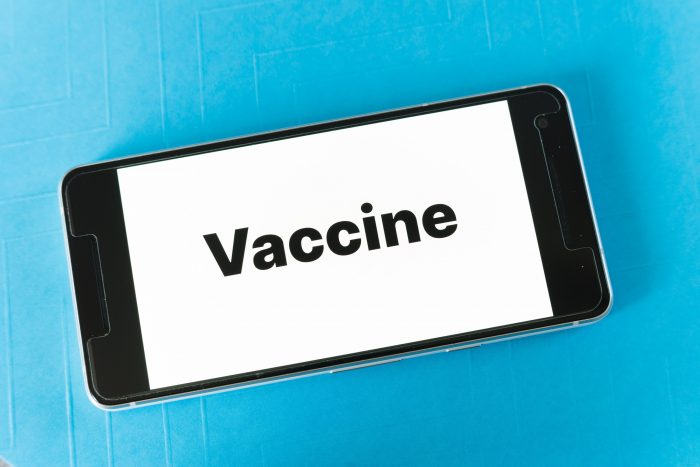Everyone in PA. Will Be Eligible for COVID-19 Vaccines Starting April 19



The RCPA Diversity, Equity, & Inclusion (DEI) Committee created this resource to answer frequently asked questions regarding DEI policy development and refinement. Following a survey of available resources, this compilation was developed as a guide for interested parties and is intended as a springboard to further research with links to additional resources to aid their DEI policy development process. Please send questions or feedback to Cindi Hobbes or Jim Sharp.
The Rehabilitation and Community Providers Association (RCPA) and the Pennsylvania Association of Community Health Centers (PACHC) have secured a $250,000 grant as part of a national initiative to cultivate health policy and a care system that is more equitable and better meets the needs of individuals and families. The collaboration will focus on increasing access to care and developing a comprehensive policy framework and health care plan for consumers with the use of telehealth.
The two-year grant to RCPA and PACHC is among six spanning eight states. It was awarded by the Delta Center for a Thriving Safety Net, which brings together primary care associations and behavioral health state associations to advance policy and practice change. The Delta Center project is supported by the National Council for Behavioral Health, the Robert Wood Johnson Foundation, and the National Association of Community Health Centers. Read the full press release here.
The Pennsylvania Department of Human Services has issued guidance related to Tuberculin skin testing regulatory compliance and COVID-19 vaccinations. The official DHS announcement concerning tuberculin skin testing and COVID vaccination is available at the following link: Guidance for Tuberculin Skin Testing and COVID Vaccination.
![]() Current CDC recommendations state that individuals should not take a Tuberculosis skin test within four weeks of their 2-dose COVID-19 vaccination process.
Current CDC recommendations state that individuals should not take a Tuberculosis skin test within four weeks of their 2-dose COVID-19 vaccination process.
![]() Applies to Chapters 2380 (Adult Training Facilities), 6400 (Community Homes for Individuals with an Intellectual Disability or Autism), and 6500 (Life Sharing Homes) of Title 55 of the Pennsylvania Code.
Applies to Chapters 2380 (Adult Training Facilities), 6400 (Community Homes for Individuals with an Intellectual Disability or Autism), and 6500 (Life Sharing Homes) of Title 55 of the Pennsylvania Code.
![]() Due to the CDC guidance related to tuberculin skin testing and COVID-19 Vaccinations impact on licensees’ ability to comply with regulatory requirements and with the Governor’s authorization as conferred in the Disaster Proclamation, the Department has temporarily issued a limited suspension of the timing of the tuberculin skin testing provisions.
Due to the CDC guidance related to tuberculin skin testing and COVID-19 Vaccinations impact on licensees’ ability to comply with regulatory requirements and with the Governor’s authorization as conferred in the Disaster Proclamation, the Department has temporarily issued a limited suspension of the timing of the tuberculin skin testing provisions.

Update from ANCOR:
The Small Business Administration (SBA) has now released the NEW application forms Paycheck Protection Program (PPP) borrowers must submit to apply for first-time loans, or “second draw” loans, as well as indicating expanded eligibility for those second draw loans.
Additionally, the Senate passed legislation by a 92-7 margin today (Thursday, March 25) to extend the deadline for Paycheck Protection Program (PPP) loan applications to May 31. Under the legislation, which overwhelmingly passed the House last week, PPP applicants have until May 31 to apply for a loan and the Small Business Administration (SBA) has a June 30 deadline to process them. We will keep you informed when the legislation is signed by President Biden, and if the SBA issues new materials as a result of this legislation.
First Draw loan information
Second Draw loan information
More information at the US Small Business Administration!